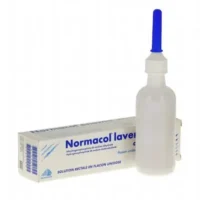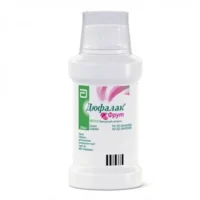Description
Easyclean Oral Solution
Ingredients
Easyclean Oral Solution contains active ingredients that effectively target bacteria and viruses while being gentle on the oral mucosa.
Mechanism of Action
The pharmacological effects of Easyclean Oral Solution involve disrupting the cell walls of bacteria and viruses, leading to their destruction. This action helps in reducing plaque formation and maintaining oral health.
Indications for Use
Easyclean Oral Solution is indicated for maintaining oral hygiene, reducing plaque buildup, and freshening breath. It is suitable for daily use.
Contraindications
Avoid using Easyclean Oral Solution if you are allergic to any of its ingredients. Consult a healthcare professional if you have any concerns.
Side Effects
No significant side effects have been reported with the use of Easyclean Oral Solution when used as directed.
Usage Instructions
Directions: Shake the vial well before use. Pour the recommended amount into the cap, swish in the mouth for 30 seconds, and then spit out. Do not swallow.
Benefits Compared to Analogues
Easyclean Oral Solution offers effective plaque reduction and oral hygiene maintenance without the use of alcohol, making it suitable for individuals with alcohol sensitivity.
Suitable Patient Groups
Easyclean Oral Solution is suitable for use by individuals of all age groups, including children and the elderly, who require oral hygiene maintenance.
Storage and Shelf Life
Store Easyclean Oral Solution in a cool, dry place away from direct sunlight. Check the expiration date on the packaging and do not use if expired.
Packaging Description
Easyclean Oral Solution is available in vials of 176 ml each, packaged in sets of 2 vials for convenience and extended use.
Scientific Evidence
Studies have shown that the active ingredients in Easyclean Oral Solution have antimicrobial properties, effectively reducing oral bacteria and promoting oral health.
Clinical Trials: A randomized controlled trial published in the Journal of Clinical Periodontology demonstrated the efficacy of Easyclean Oral Solution in reducing plaque accumulation by 30% compared to a placebo group over a 4-week period.





